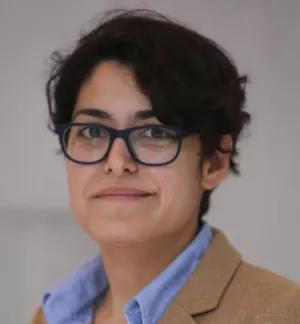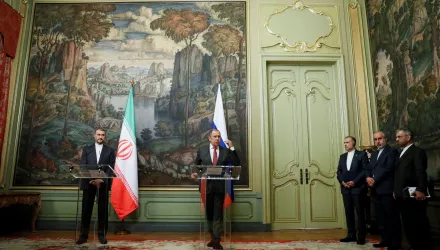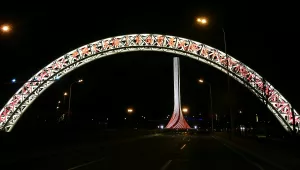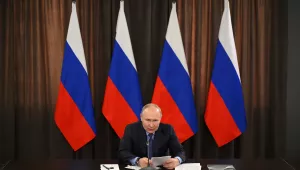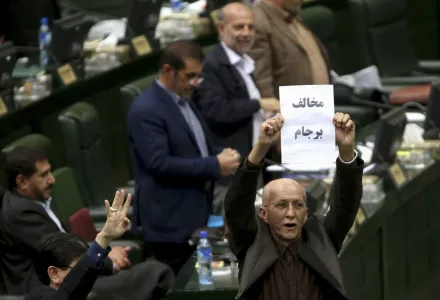
Abstract
When Iran and the world powers resumed negotiations over Tehran's controversial nuclear program after a seven-year lull, Iran's hardline President Mahmoud Ahmadinejad was approaching the end of his second and last term. During that time, little progress was made. After the election of the moderate Hassan Rouhani to the presidency, the talks resumed decisively. Rouhani and his team were in an ideal position to strike a deal, as they were afforded cross-party support supplying them with political will and political capital. To succeed, they had to pursue several goals, including sanctions relief and reintegrating their country into the international community, while ensuring that the nuclear program remained viable within the limits they had to respect. They also had to balance several audiences in Iran and the broader international scene. They operated within the "red lines" developed to reassure various factions within the regime and populace and formalized by Supreme Leader Ayatollah Ali Khamenei. These priorities and limitations shaped the form, substance, and language of the resulting document, the Joint Comprehensive Plan of Action completed and signed on July 14, 2015, in Vienna.
Tabatabai, Ariane. "Negotiating the 'Iran Talks' in Tehran: The Iranian Drivers that Shaped the Joint Comprehensive Plan of Action.” Nonproliferation Review, vol. 24. no. 3–4. (2017): 225–242.
The full text of this publication is available via Nonproliferation Review.


